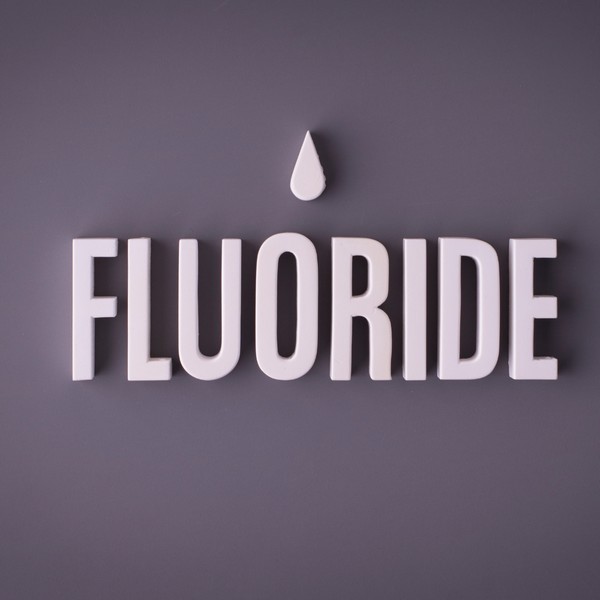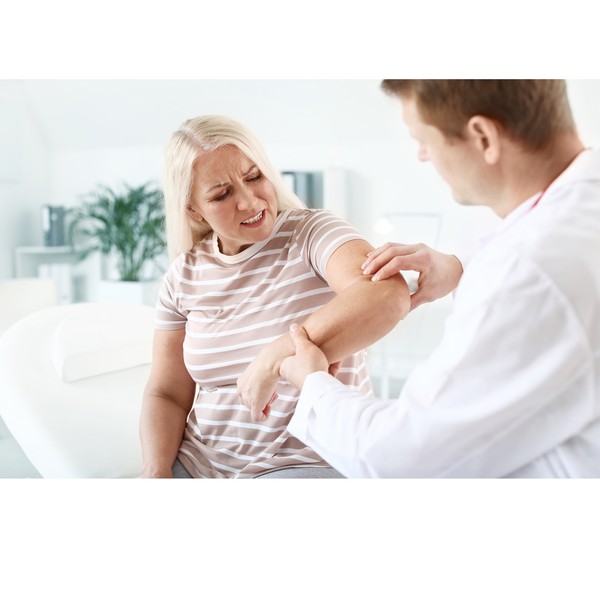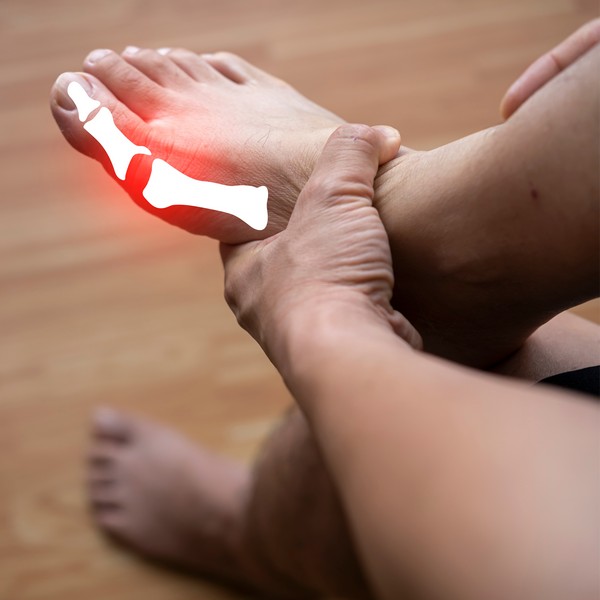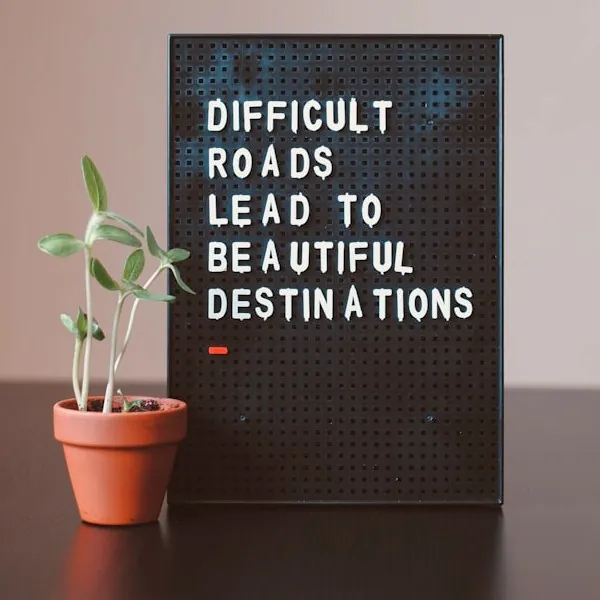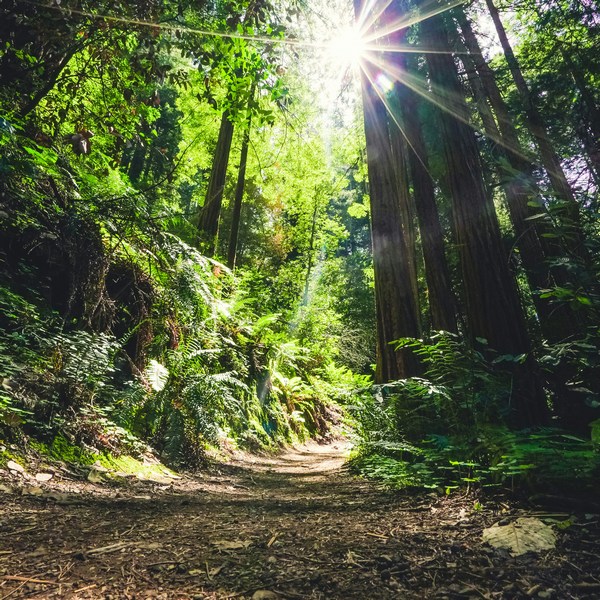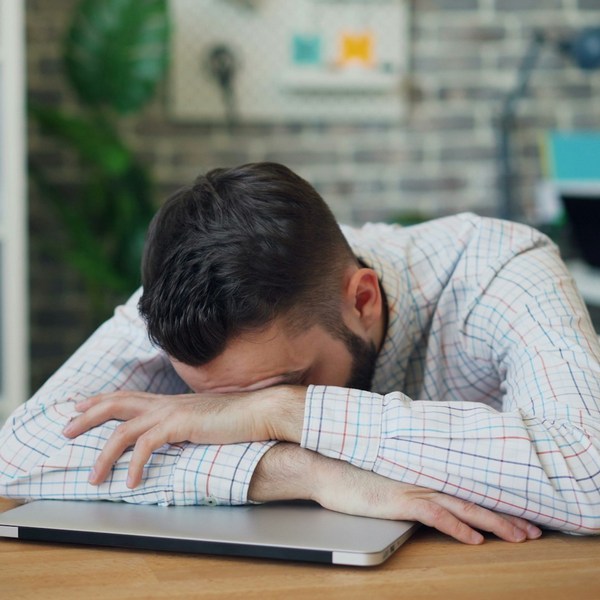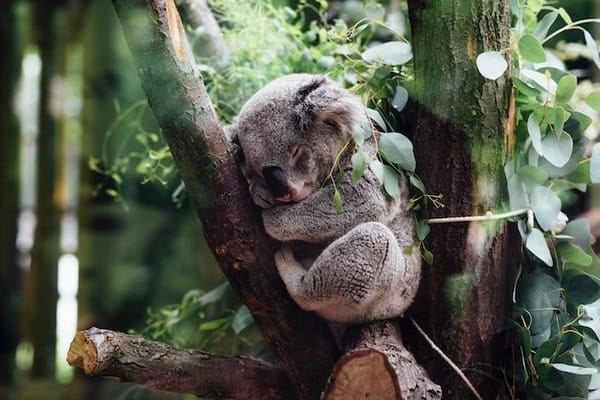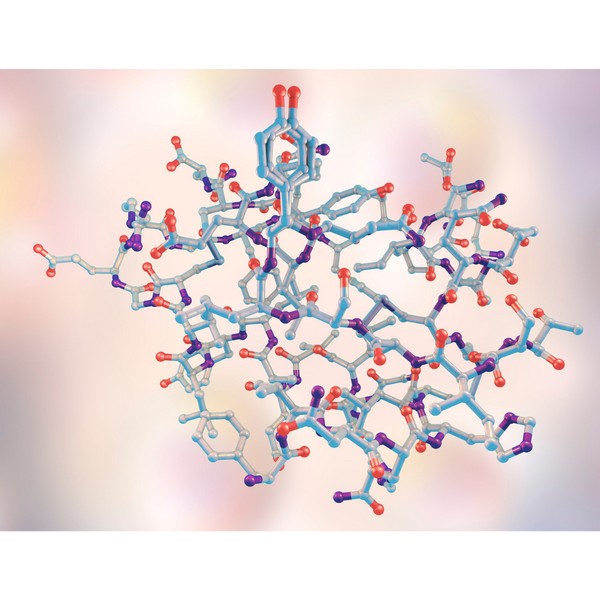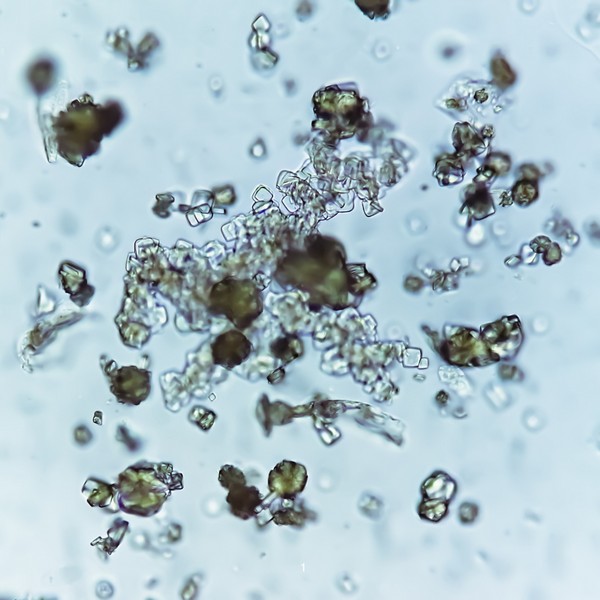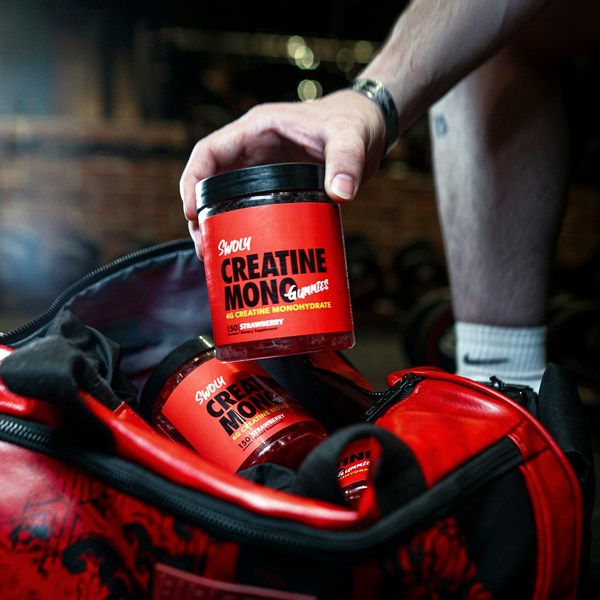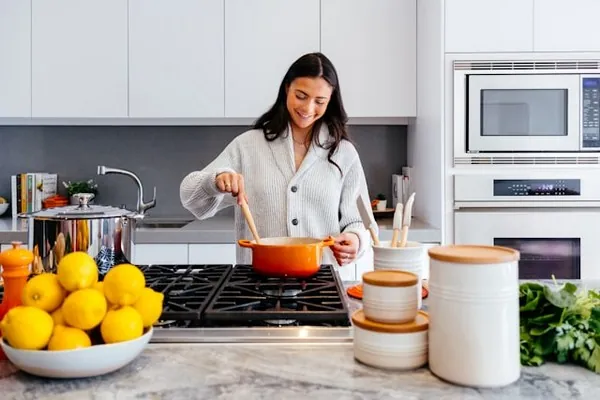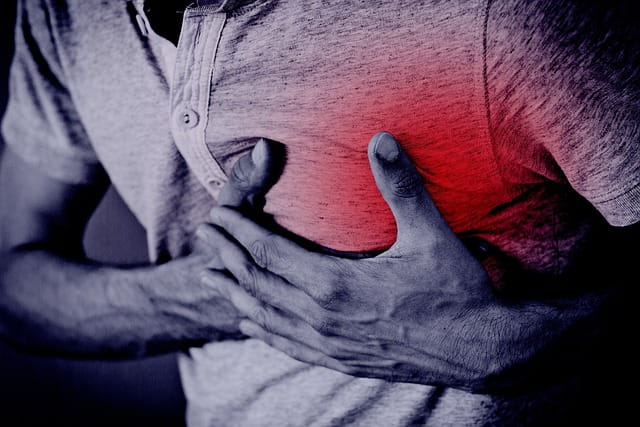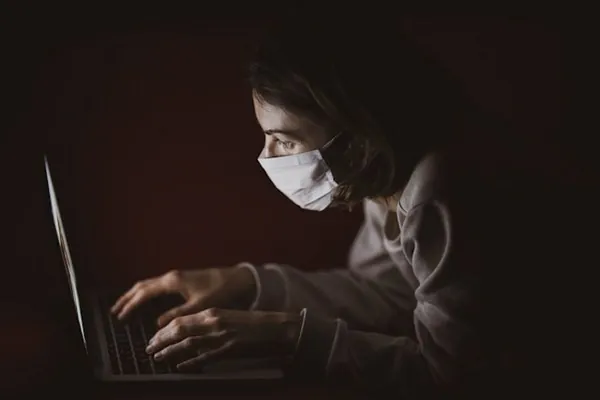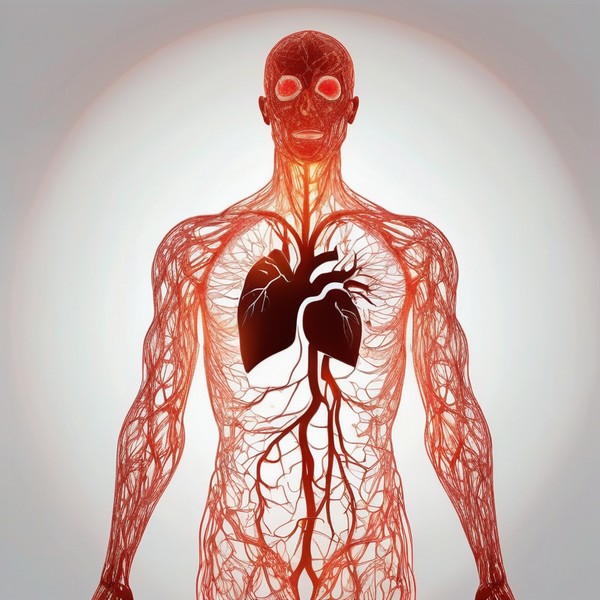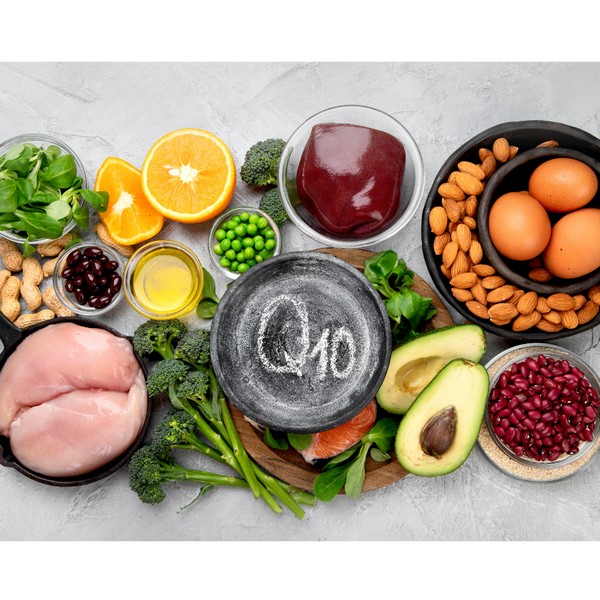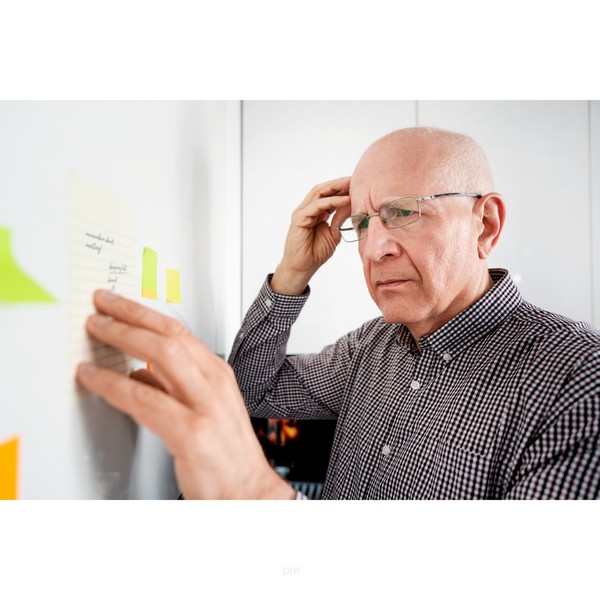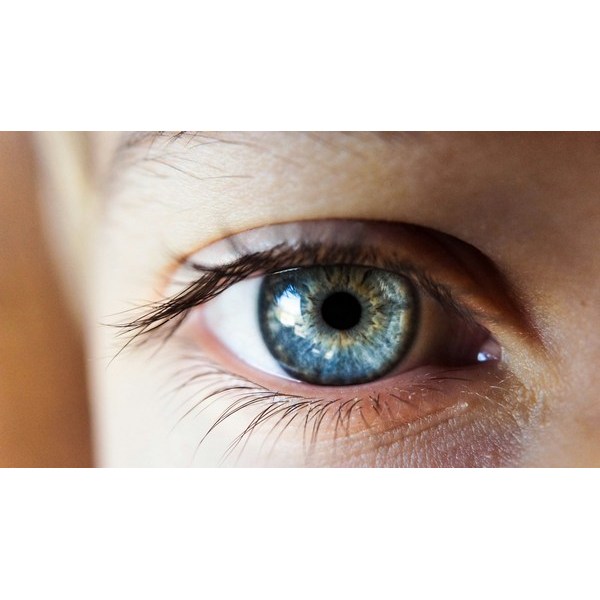Key Takeaways
- SOD protects against oxidative stress by neutralizing free radicals.
- Copper is necessary for SOD to function.
- Low SOD activity can lead to aging, chronic diseases, and inflammation.
- Dietary sources of copper include liver, shellfish, nuts, seeds, and dark chocolate.
- Adequate copper intake supports optimal SOD function and overall health.
Introduction
Superoxide Dismutase (SOD) is a key enzyme that helps protect cells from oxidative damage.
It helps to neutralize harmful free radicals, thus safeguarding the body’s tissues and organs from oxidative stress.
Function of Superoxide Dismutase

Neutralizes Free Radicals: Turns harmful superoxide radicals into less harmful molecules.
Cell Protection: Shields cells from oxidative damage.
Reduces Oxidative Stress: Lowers stress on cells, linked to aging and diseases.
Antioxidant Defense: Strengthens the body’s defense against damage.
Supports Longevity: Helps maintain health and prolong life by reducing damage.
SOD works by catalyzing the conversion of superoxide radicals into oxygen and hydrogen peroxide. These radicals are byproducts of normal cellular processes but can cause significant damage if not managed.
SOD ensures that these radicals are neutralized, preventing cellular damage and maintaining tissue health.
There are different types of SOD, each found in specific parts of the cell:
- SOD1 in the cytoplasm,
- SOD2 in the mitochondria, and
- SOD3 in extracellular spaces.
Importance of Copper in SOD
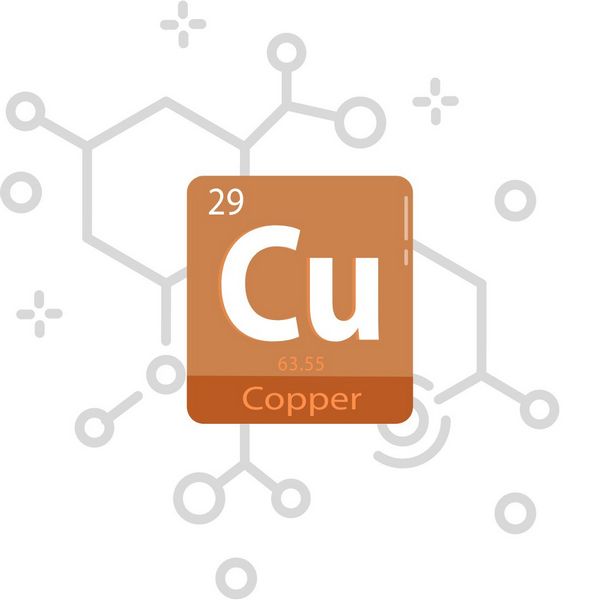
Copper is essential for SOD’s activity. As a cofactor, copper allows SOD to perform its function of neutralizing free radicals.
Without adequate copper, SOD cannot function effectively, leading to increased oxidative stress and potential damage to cells and tissues.
Copper deficiency directly impacts the enzyme’s efficiency, highlighting the need for sufficient dietary copper to support antioxidant defense.
Health Implications of Low SOD Activity
Inadequate SOD activity can lead to various health issues due to increased oxidative stress.
Oxidative stress is linked to aging, as it accelerates cellular damage and degradation. Chronic diseases such as cardiovascular diseases, diabetes, and neurodegenerative disorders like Alzheimer’s and Parkinson’s can also be associated with low SOD activity.
Additionally, inflammation, which is a response to oxidative damage, can become chronic and lead to further health complications.
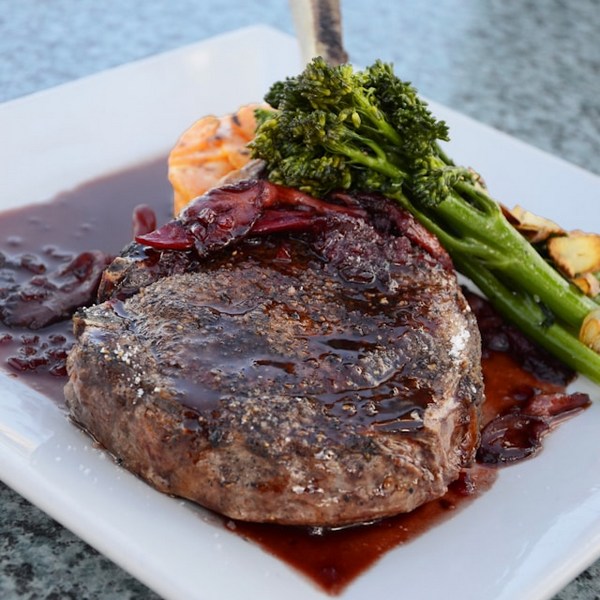
Ensuring Adequate Copper for SOD Function
To maintain optimal SOD activity, it is important to consume enough copper. Here are some dietary sources rich in copper:
- Liver: A top source of copper.
- Shellfish: Especially oysters and crab. Great for minerals in general.
- Nuts and Seeds: Cashews, almonds, and sunflower seeds.
- Dark Chocolate: Provides a significant amount of copper.
Adults generally need about 900 micrograms of copper per day. Including a variety of these foods in your diet can help ensure you meet this requirement, supporting SOD function and overall antioxidant defense.
Conclusion
Superoxide Dismutase (SOD) is vital for protecting the body against oxidative stress by neutralizing harmful free radicals. Copper is essential for SOD’s activity, making adequate copper intake crucial for maintaining optimal enzyme function and overall health.
FAQ
What is superoxide dismutase?
Superoxide dismutase (SOD) is an enzyme that protects cells from oxidative damage by neutralizing free radicals.
How does copper contribute to SOD function?
Copper acts as a cofactor for SOD, enabling it to perform its role in neutralizing free radicals.
What are the health effects of low SOD activity?
Low SOD activity can lead to aging, chronic diseases, and increased inflammation due to higher oxidative stress levels.
Research
Comhair, S. A. A., Ricci, K. S., Arroliga, M., Lara, A. R., Dweik, R. A., Song, W., Hazen, S. L., Bleecker, E. R., Busse, W. W., Chung, K. F., Gaston, B., Hastie, A., Hew, M., Jarjour, N., Moore, W., Peters, S., Teague, W. G., Wenzel, S. E., & Erzurum, S. C. (2005). Correlation of systemic superoxide dismutase deficiency to airflow obstruction in asthma. American Journal of Respiratory and Critical Care Medicine, 172(3), 306–313. https://doi.org/10.1164/rccm.200502-180oc
Crapo, J. D., Oury, T., Rabouille, C., Slot, J. W., & Chang, L. Y. (1992). Copper, zinc superoxide dismutase is primarily a cytosolic protein in human cells. Proceedings of the National Academy of Sciences, 89(21), 10405-10409.
Guzik, T. J., Olszanecki, R., Sadowski, J., Kapelak, B., Rudzinski, P., Jopek, A., Kawczynska, A., Ryszawa, N., Loster, J., Jawien, J., & Czesnikiewicz-Guzik, M. (2005). Superoxide dismutase activity and expression in human. Journal of Physiology and Pharmacology, 56(2), 313-323.
Hardy, M. M., Flickinger, A. G., Riley, D. P., Weiss, R. H., & Ryan, U. S. (1994). Superoxide dismutase mimetics inhibit neutrophil-mediated human aortic endothelial cell injury in vitro. Journal of Biological Chemistry, 269, 18535–18540.
Harris, E. D. (1992). Copper as a cofactor and regulator of copper, zinc superoxide dismutase. The Journal of Nutrition, 122, 636-640. https://doi.org/10.1093/jn/122.suppl_3.636
Hartz, J. W., & Deutsch, H. F. (1972). Subunit structure of human superoxide dismutase. Journal of Biological Chemistry, 247(21), 7043-7050. https://doi.org/10.1016/S0021-9258(19)44691-7
Huang, T., Zou, Y., & Corniola, R. (2012). Oxidative stress and adult neurogenesis—Effects of radiation and superoxide dismutase deficiency. Seminars in Cell & Developmental Biology, 23(7), 738-744. https://doi.org/10.1016/j.semcdb.2012.04.003
Johnson, F., & Giulivi, C. (2005). Superoxide dismutases and their impact upon human health. Molecular Aspects of Medicine, 26(4-5), 340-352.
https://doi.org/10.1016/j.mam.2005.07.006
Kaluzhny, Y., Kinuthia, M. W., Lapointe, A. M., Truong, T., Klausner, M., & Hayden, P. (2020). Oxidative stress in corneal injuries of different origin: Utilization of 3D human corneal epithelial tissue model. Experimental Eye Research, 190, 107867.
Kinnula, V. L., & Crapo, J. D. (2003). Superoxide dismutases in the lung and human lung diseases. American Journal of Respiratory and Critical Care Medicine, 167(12), 1600-1619.
Marklund, S. (1980). Distribution of CuZn superoxide dismutase and Mn superoxide dismutase in human tissues and extracellular fluids. Acta Physiologica Scandinavica. Supplementum, 492, 19-23.
Marklund, S. L. (1984). Properties of extracellular superoxide dismutase from human lung. Biochemical Journal, 220(1), 269-272.
Marklund, S.L., 1982. Human copper-containing superoxide dismutase of high molecular weight. Proceedings of the National Academy of Sciences, [online] 79(24), pp.7634–7638.
https://doi.org/10.1073/pnas.79.24.7634.
Mou, K., Liu, W., Miao, Y., Cao, F., & Li, P. (2018). HMGB1 deficiency reduces H2O2-induced oxidative damage in human melanocytes via the Nrf2 pathway. Journal of Cellular and Molecular Medicine, 22, 6148–6156.
Nelson, S. K., Bose, S. K., Grunwald, G. K., Myhill, P., & McCord, J. M. (2006). The induction of human superoxide dismutase and catalase in vivo: A fundamentally new approach to antioxidant therapy. Free Radical Biology and Medicine, 40(2), 341-347.
Prohaska, J. R. (2014). Impact of copper deficiency in humans. Annals of the New York Academy of Sciences, 1314(1), 1-5. https://doi.org/10.1111/nyas.12354
Roberts, B. R., Tainer, J. A., Getzoff, E. D., Malencik, D. A., Anderson, S. R., Bomben, V. C., Meyers, K. R., Karplus, P. A., & Beckman, J. S. (2007). Structural characterization of zinc-deficient human superoxide dismutase and implications for ALS. Journal of Molecular Biology, 373(4), 877-890.
Rosa, A. C., Corsi, D., Cavi, N., Bruni, N., & Dosio, F. (2021). Superoxide dismutase administration: A review of proposed human uses. Molecules, 26(7), 1844. https://doi.org/10.3390/molecules26071844.
Saxena, P., Selvaraj, K., Khare, S. K., & Chaudhary, N. (2022). Superoxide dismutase as multipotent therapeutic antioxidant enzyme: Role in human diseases. Biotechnology Letters, 1-22.
Strålin, P., & Marklund, S. L. (1994). Effects of oxidative stress on expression of extracellular superoxide dismutase, CuZn-superoxide dismutase, and Mn-superoxide dismutase in human dermal fibroblasts. Biochemical Journal, 298(2), 347-352.
How Insulin Regulates Blood Sugar
Key Takeaways Insulin helps regulate blood sugar by moving glucose into cells. Imbalances in insulin levels can cause conditions like diabetes. Insulin resistance can lead…
Sunburn Prevention: Holistic and Natural Approaches
Key Takeaways A poor diet increases the risk of sunburn and skin damage. Short, regular sun exposure reduces the risk of sunburn. Early morning and…
Fluoride: Risks & Controversies
Key Takeaways Fluoride is widely used in dental products and water supplies, but its safety is debated. Overexposure to fluoride can lead to conditions like…
Does Grounding or Earthing Actually Work?
Osteoarthritis Symptoms & Home Remedies
Key Takeaways Lifestyle adjustments and alternative therapies contribute to overall symptom management. Low-impact exercises and physical activity help maintain mobility and reduce pain. Heat and…
Autism: Causes, Symptoms, and Management
Key Takeaways Autism Spectrum Disorder (ASD) is a complex neurodevelopmental condition that varies widely in symptoms and severity. Both genetic and environmental factors contribute to…
Gestational Diabetes Management: Expert Tips for Success
Key Highlights Gestational diabetes, marked by glucose intolerance during pregnancy, requires careful blood sugar control. A healthy pregnancy with gestational diabetes includes regular exercise, a…
Ceruloplasmin: The Master Antioxidant
Key Takeaways: Ceruloplasmin is a copper-containing enzyme essential for iron metabolism and preventing oxidative stress. It helps transport iron safely, preventing iron overload in tissues…
DNA & Longevity: Can You Live to 200?
Key Takeaways: Longevity is shaped by a mix of genetics and lifestyle. Certain genes are linked to longer lifespans. Lifestyle choices can influence how long…
Adrenal Cocktail: Recipe and Benefits
Key Takeaways The adrenal cocktail supports adrenal health and maintains energy levels. Combines potassium, sodium, and vitamin C for effective adrenal nourishment. Consumed in the…
Natural Remedies for Common Ailments: From Headaches to Allergies
Key Takeaways The appeal of natural remedies lies in their holistic approach, fewer side effects, and environmental sustainability. Specific natural remedies can effectively alleviate common…
Do Artificial Sweeteners Cause Weight Gain? The Surprising Truth
Key Takeaways – Artificial sweeteners may disrupt gut microbiome balance, impacting digestion and immune health. – These sweeteners can interfere with natural metabolism, leading to…
Oxidative Stress: Causes, Effects, Solutions
Key Takeaways Oxidative stress results from an imbalance between free radicals and antioxidants in the body, leading to cellular damage. Chronic oxidative stress contributes to…
Are Energy Drinks Dangerous?
Key Takeaways: Caffeine is the most common stimulant in energy drinks. Sugar, though harmful, is widely used in energy drinks. Electrolytes help maintain hydration and…
Gout: Symptoms & Natural Treatment
Managing Menopause Symptoms – A Guide to Navigate this Life Stage
Exercise RoutineManaging Stress Improving Sleep HabitsSeeking Emotional Support:Adjusting Your DietConsidering Alternative TherapiesFrequently Asked Questions Menopause is a natural stage in a woman’s life marking the…
The EWG Dirty Dozen: What You Need to Know
Key Takeaways The Dirty Dozen list highlights fruits and vegetables with the highest levels of pesticide residues. In 2024, strawberries, spinach, and kale top the…
GABA (gamma-aminobutyric acid)
Elimination Diets: Find the Foods Behind Your Symptoms
Key Takeaways Elimination diets identify food intolerances by removing and reintroducing specific foods. Divided into two phases: elimination and reintroduction. Items like gluten, soy, and…
Bromate: Its Impact on Your Thyroid & Nervous System
Key Takeaways Bromate is a toxic byproduct from water disinfection, impacting thyroid and nervous system health. It interferes with iodine, leading to thyroid dysfunction and…
Diatomaceous Earth: Natural Uses & Benefits
Key Takeaways – Diatomaceous earth is a natural powder made from fossilized algae called diatoms. – It helps cleanse the body of toxins and heavy…
Why Sunlight is Essential for a Healthy Life
Key Takeaways Sunlight helps the body produce vitamin D, supporting bone health and immune function. Exposure to sunlight can improve mood and reduce symptoms of…
Adrenal Fatigue: Symptoms & Prevention
Key Takeaways: Adrenal fatigue is often linked to prolonged stress, leading to tiredness, brain fog, and mood swings. Disruptions in cortisol production can affect energy,…
The Randle Cycle: Glucose Fat Energy Dilemma
Key Takeaways The Randle Cycle explains how the body chooses between burning glucose and fatty acids for energy. Enzymes and hormones play a key role…
Melatonin: Functions and Benefits
Key Takeaways Melatonin helps regulate sleep-wake cycles, signaling the body to rest as it gets dark. It acts as an antioxidant, protecting cells from damage….
11 Amazing Tips to Improve Your Sleep Quality
Limit Power NapsModulate Sunlight ExposurePay Attention to CaffeineSchedule BedtimePlan Ahead for DinnertimeMelatonin: Not what you thoughtSleep EnvironmentHot Bath or ShowerEliminate Blue LightSleep StackAdrenal CocktailMagnesium The…
Vegetable Oil: Health Risks You Might Not Know
Key Takeaways: Omega-6 fats from vegetable oils cause oxidative stress and inflammation. Reducing omega-6 intake…
ALA vs. DHA & EPA Omega-3: Why Source Matters
Key Takeaways ALA (Alpha-Linolenic Acid) is found in flaxseeds, chia seeds, and walnuts, but converts…
Boost Insulin Sensitivity Naturally
Key Takeaways Improving insulin sensitivity helps control blood sugar and reduces the risk of metabolic…
Non-Alcoholic Fatty Liver Disease (NAFLD)
Key Takeaways NAFLD involves fat buildup in the liver not caused by alcohol. Commonly associated…
Allergy-Friendly Pets
Key Highlights Hypoallergenic pets are great for people with pet allergies, as they produce fewer…
Mastering Emotional Healing: Your Guide to Recovery
Key Highlights Emotional healing is a gradual process requiring patience and self-compassion. Acknowledge and accept…
Actual Superfoods: Real Foods You Should Be Eating
Key Takeaways Superfoods are nutrient-dense foods, offering essential vitamins, minerals, and fats. Prioritize high-quality sources…
Benefits of Sea Moss Explained
Key Takeaways Rich in Nutrients: Sea moss is packed with essential vitamins, minerals, and antioxidants,…
Uric Acid: Effects & Management
Key Takeaways Uric acid plays a central role in metabolic health and oxidative stress regulation….
Adrenal Cocktail: Recipe and Benefits
Key Takeaways The adrenal cocktail supports adrenal health and maintains energy levels. Combines potassium, sodium,…
Creatine Myths Debunked: Separating Fact from Fiction
Key Takeaways Common myths about creatine, such as it causing kidney damage, weight gain, and…


